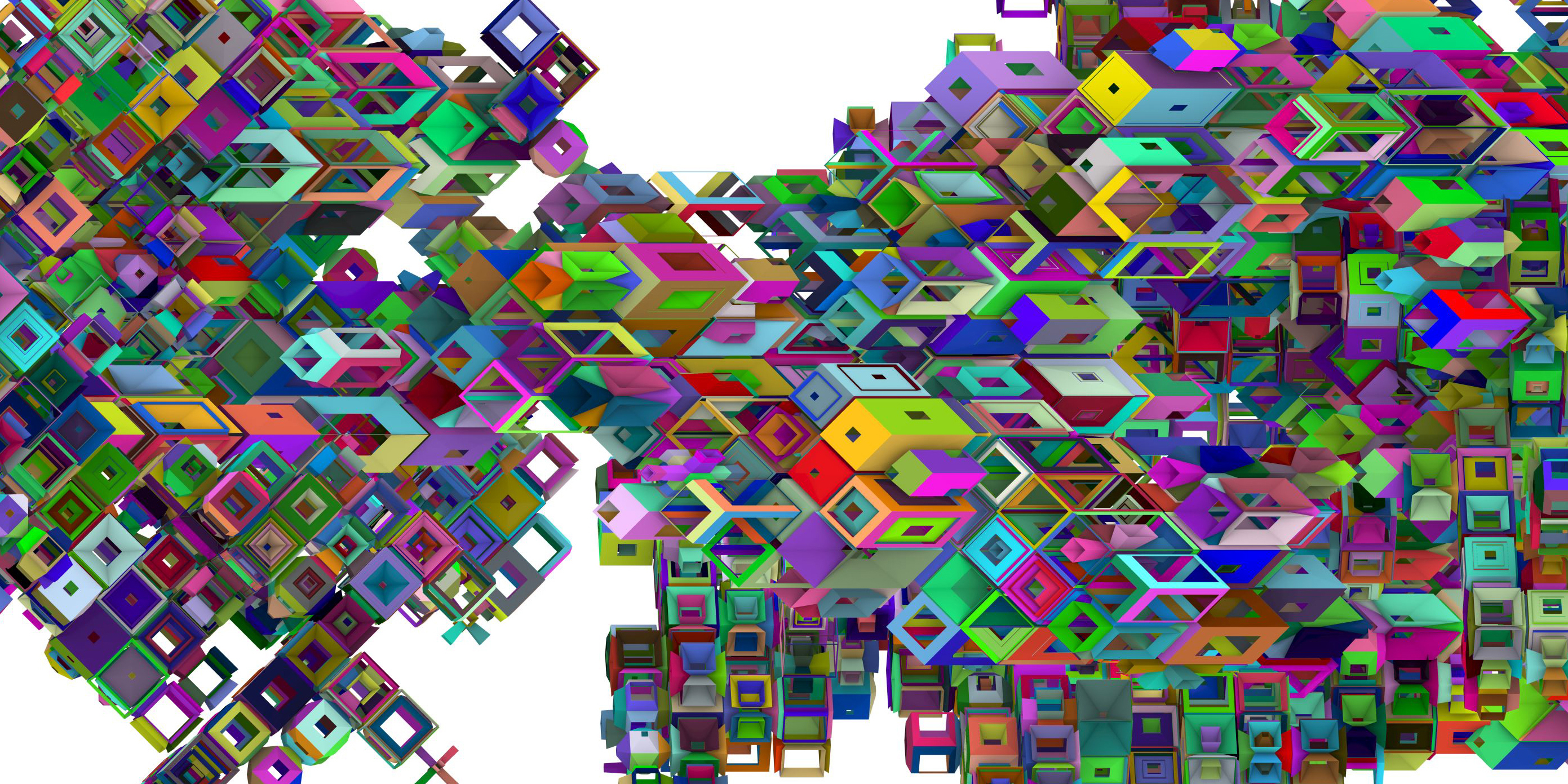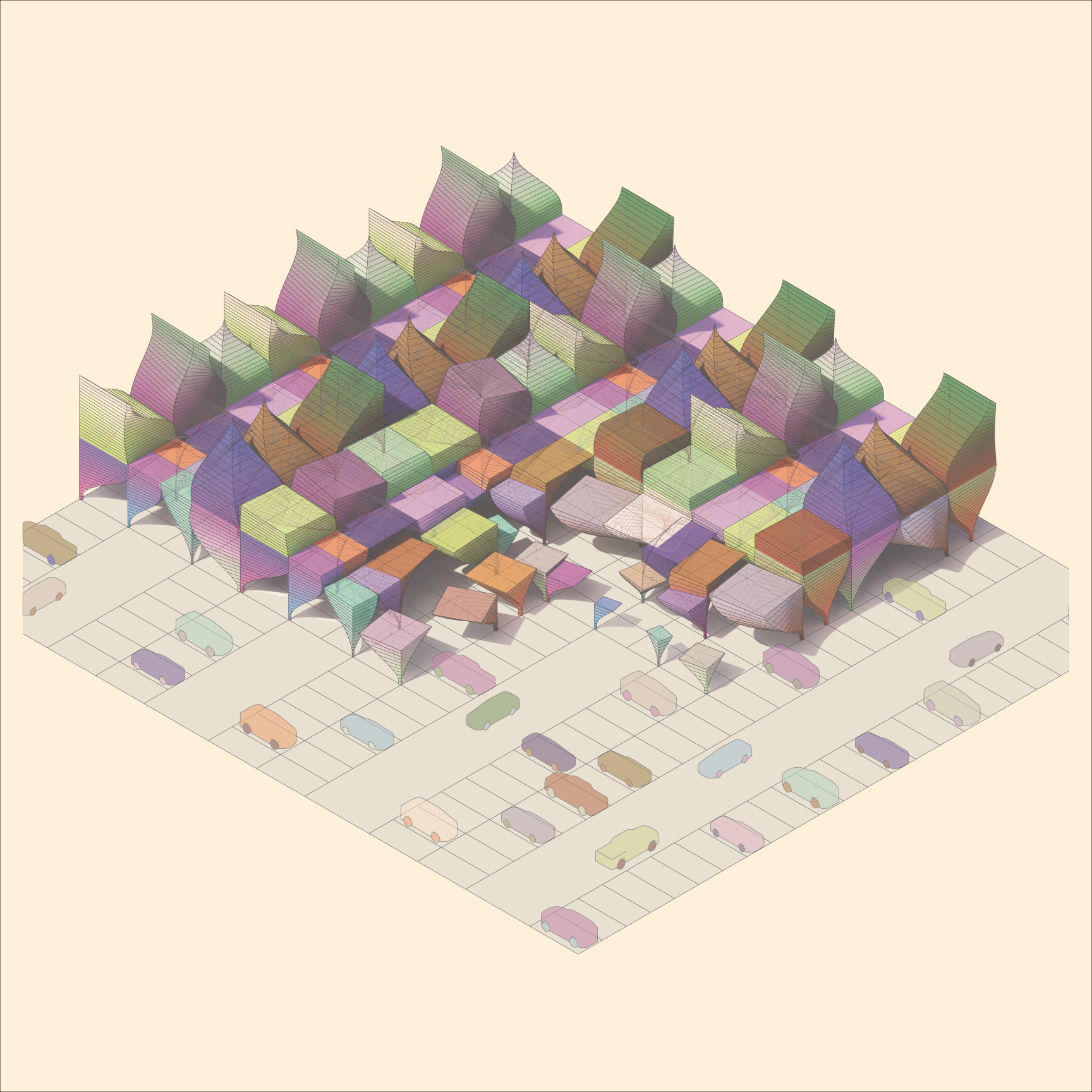

Plugins for Architecture, Thesis, Undergraduate Capstone Studio
In this capstone sequence in a BArch program, 5th year students were introduced to programming as a creative process. Each student developed a thesis statement while learning to program in the high-level (easy to understand) programming language of Python inside of Rhinoceros 3D. These thesis statements were then used to design an installable plug-in for Rhinoceros that embodied the ideas present in their thesis . The class asked students to work in strict technical framework (programming) while having the freedom to pursue their individual interests in architecture. Students designed plug-ins that ranged in topics from geometry for Virtual Reality to software designed to foster community engagement (Image 3). During the spring semester, in tandem with the development of their plug-ins, students also developed extended reality experience for the web (WebXR) using the open-source html based environment A-FRAME . In both the design of the plug-in and the WebXR experience, students developed user-interfaces that considered their work from the point of view of the user. This ranged from framing questions for command prompts to designing interactions that worked in both mobile and desktop applications . The question of authorship shifted from the individual to the collective as students designed primarily for interaction and less for the production of specific architectural objects. The WebXR experiences and plug-ins combined to produce an environment of innumerable outcomes, structured by a dialogue between designer and user. It was not a studio of drawings, images, and models. It was a studio of text, interactions, experiences and users.
To exlore student vr experiences please select one of the folowing links:
Roberto Lomeli
Minn Maung
(navigate with WASD keys)